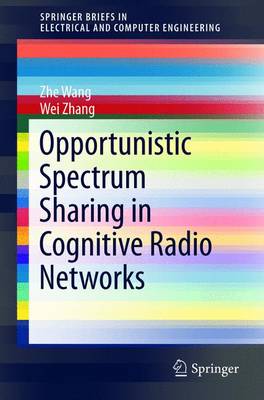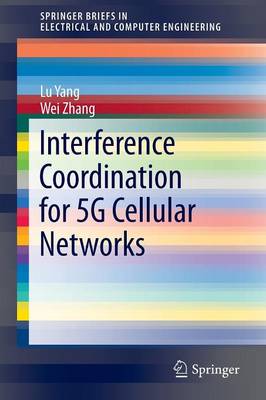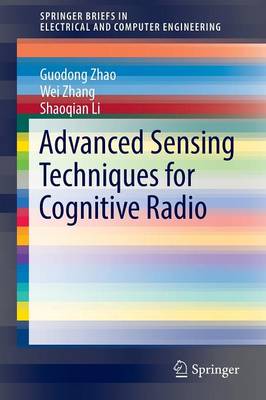SpringerBriefs in Electrical and Computer Engineering
3 total works
Opportunistic Spectrum Sharing in Cognitive Radio Networks
by Zhe Wang and Wei Zhang
Interference Coordination for 5G Cellular Networks
by Lu Yang and Wei Zhang
This SpringerBrief presents interference coordination techniques for future 5G cellular networks. Starting with an overview of existing interference management techniques, it focuses on practical interference coordination schemes based on beamforming and user scheduling. The proposed schemes aim to deal with the inter-cell interference in multi-cell MIMO networks, cross-tier interference in device-to-device communications underlaying cellular network, and inter-network interference in cognitive radio networks. The performances of the proposed schemes are evaluated both analytically and numerically in terms of several performance parameters, including the sum rate, multiplexing gain, and outage probability of the networks. The results show that the proposed schemes can significantly reduce the effect of interference and improve the quality of service of the networks.
Interference Coordination for 5G Cellular Networks is suitable for researchers and advanced students interested in interference coordination or 5G cellular networks.


